In today’s rapidly evolving tech landscape, smartwatches have become more than just a gadget; they are a lifestyle statement and a necessity for many. However, the market has long been polarized, primarily dominated by Apple’s iOS and Google’s Android platforms. This divide has often left consumers having to choose a camp based on their smartphone allegiance. Yet, recent developments indicate a promising shift towards a more inclusive smartwatch ecosystem, catering to users of both platforms without forcing them to compromise on functionality or design.
Key Highlights:
- Versatile Compatibility: A growing number of smartwatches now offer compatibility with both iOS and Android platforms, allowing users to access a wider range of features regardless of their smartphone’s operating system.
- Innovative Features: Modern smartwatches come equipped with a plethora of features including full-color touchscreens, NFC for contactless payments, health and fitness tracking, as well as emergency and safety tools.
- Improved Interaction: Companies like Apple have introduced features such as the Double Tap gesture, enhancing the way users interact with their devices without the need for physical touch.
- Extended Battery Life: Advances in battery technology and energy-efficient displays have led to longer battery lives, with some devices offering up to several days on a single charge.
- Health and Wellness Tracking: Comprehensive health monitoring features are now a staple, with options for blood oxygen level measurement, heart rate monitoring, sleep tracking, and more.
A Diverse Market
The smartwatch industry has seen significant growth, with brands like Samsung, Fitbit, Garmin, and others, stepping up their game to offer devices that cater to a broad audience. From high-end models boasting a slew of features to budget-friendly options that cover the essentials, there is something for everyone. The emphasis on health and wellness tracking has particularly stood out, with devices now capable of providing detailed insights into one’s physical well-being.
The Future of Smartwatch Compatibility
As we look ahead, the trend towards universal compatibility is set to continue. This is not only beneficial for consumers, who will have a wider selection of devices to choose from but also for manufacturers, as it opens up their products to a larger market. The key will be to maintain a high standard of functionality and user experience across different platforms, ensuring that users do not have to sacrifice quality for compatibility.
The Slow Road Toward Compatibility
Companies are starting to chip away at these barriers. Samsung’s latest Galaxy Watch models are the most iPhone-friendly Android watches yet, with features like text message replies now open to iOS users. Google, with its Wear OS platform, emphasizes the potential for better cross-compatibility. Still, the progress is gradual, and the experience remains inferior compared to using a smartwatch with its ‘native’ smartphone OS.
So, Which Smartwatch Should I Get?
The answer is simple yet restrictive:
- Own an iPhone? Get an Apple Watch. No other option will provide the full experience.
- Own an Android Phone? You have greater freedom. Opt for a Samsung Galaxy Watch for the best features or explore Wear OS watches from brands like Fossil, Mobvoi, or Montblanc for a wider array of styles and features.
For those in the market for a new smartwatch, the message is clear: you no longer have to be tied down to a single platform. With a range of options available, you can find a device that fits your lifestyle, supports your health goals, and keeps you connected, regardless of your smartphone preference.

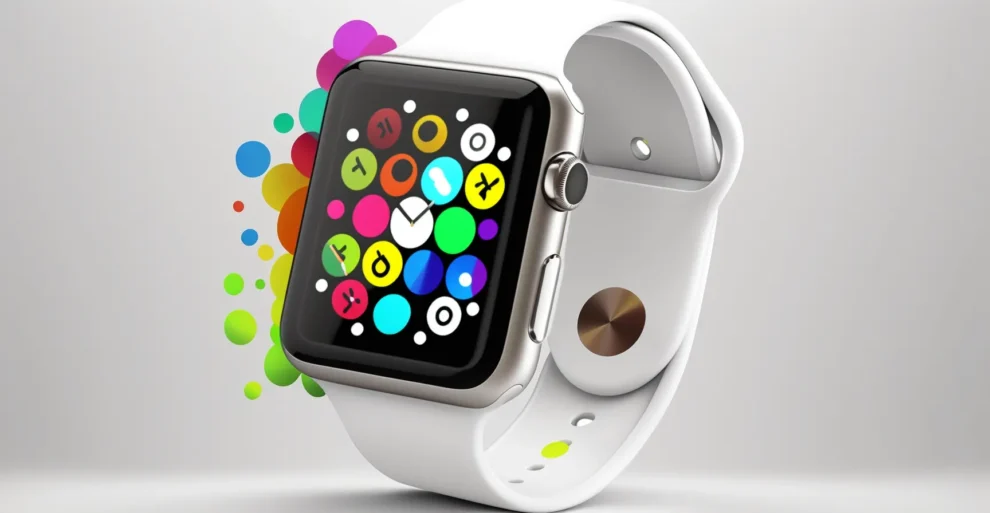
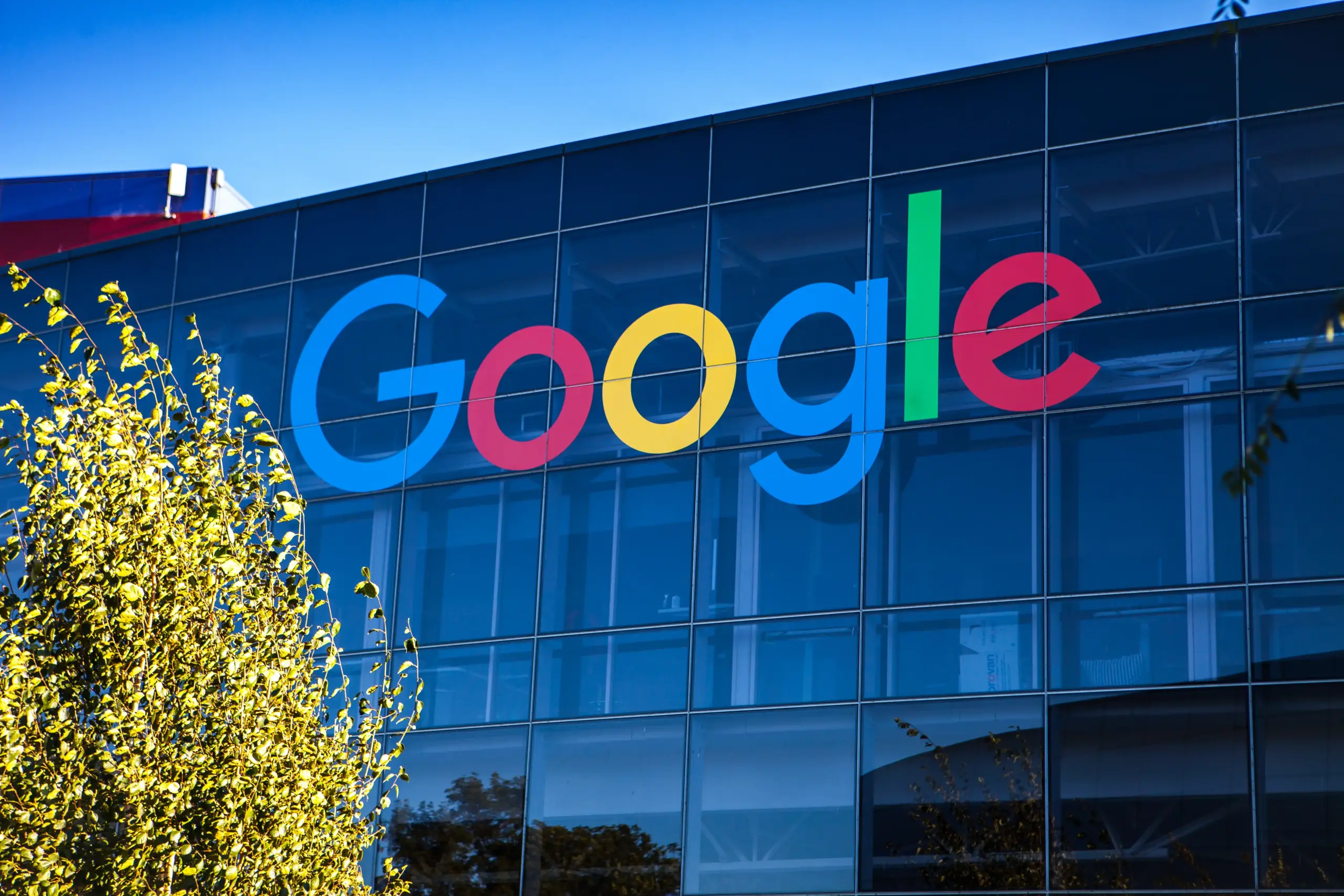
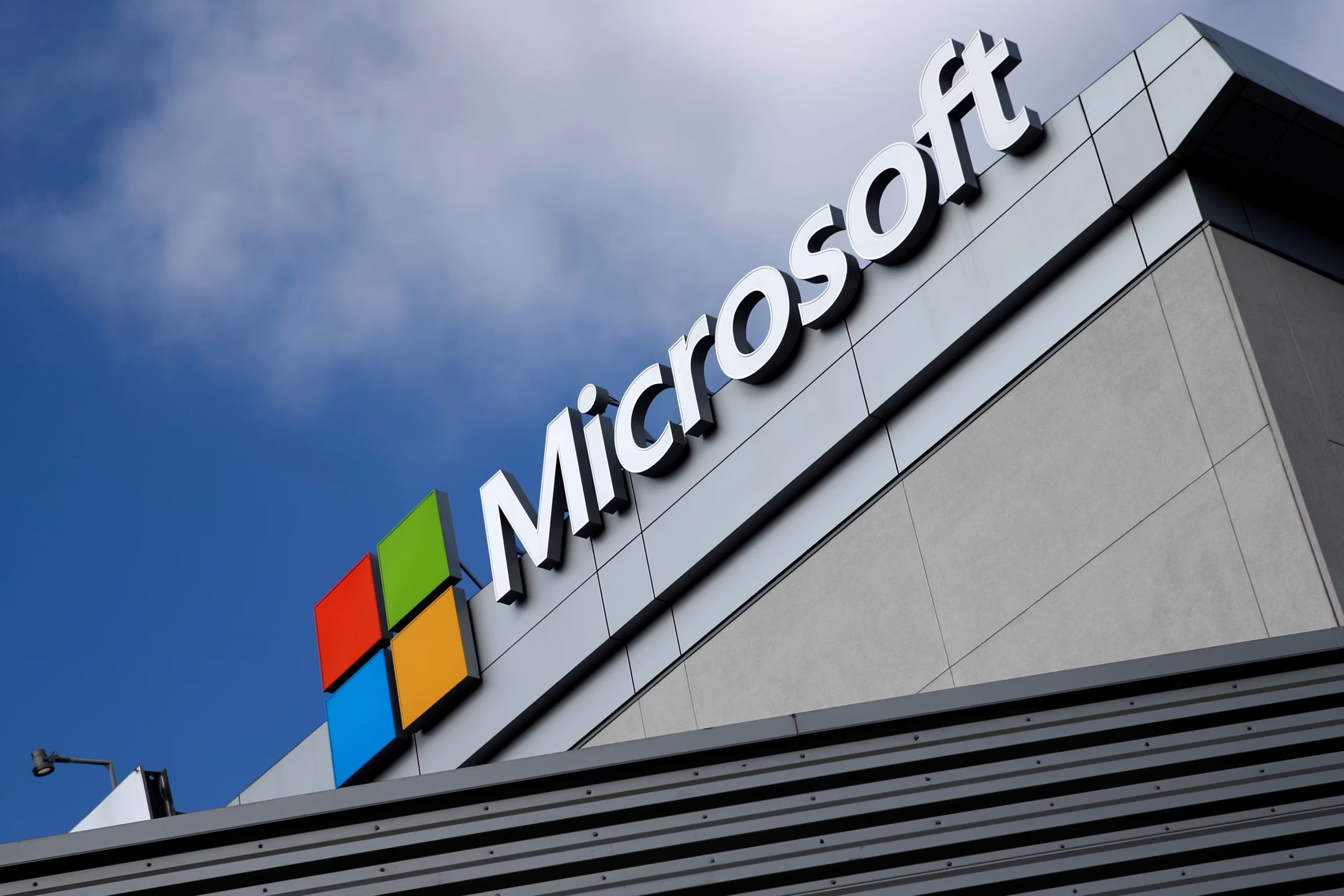
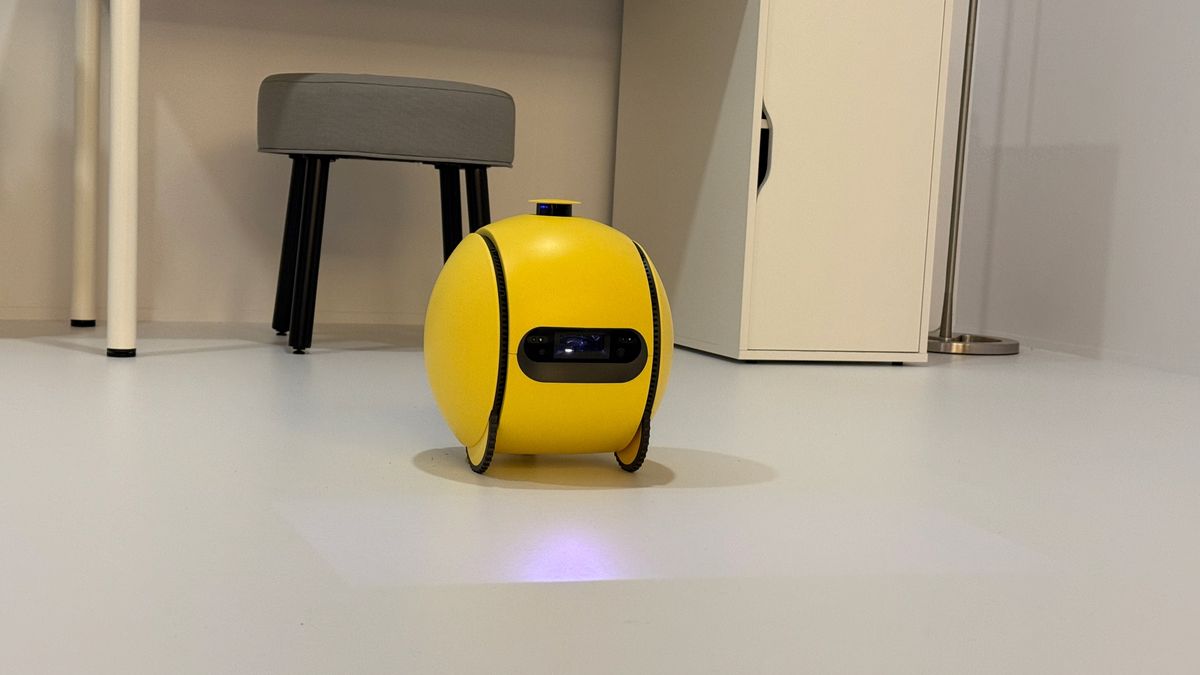
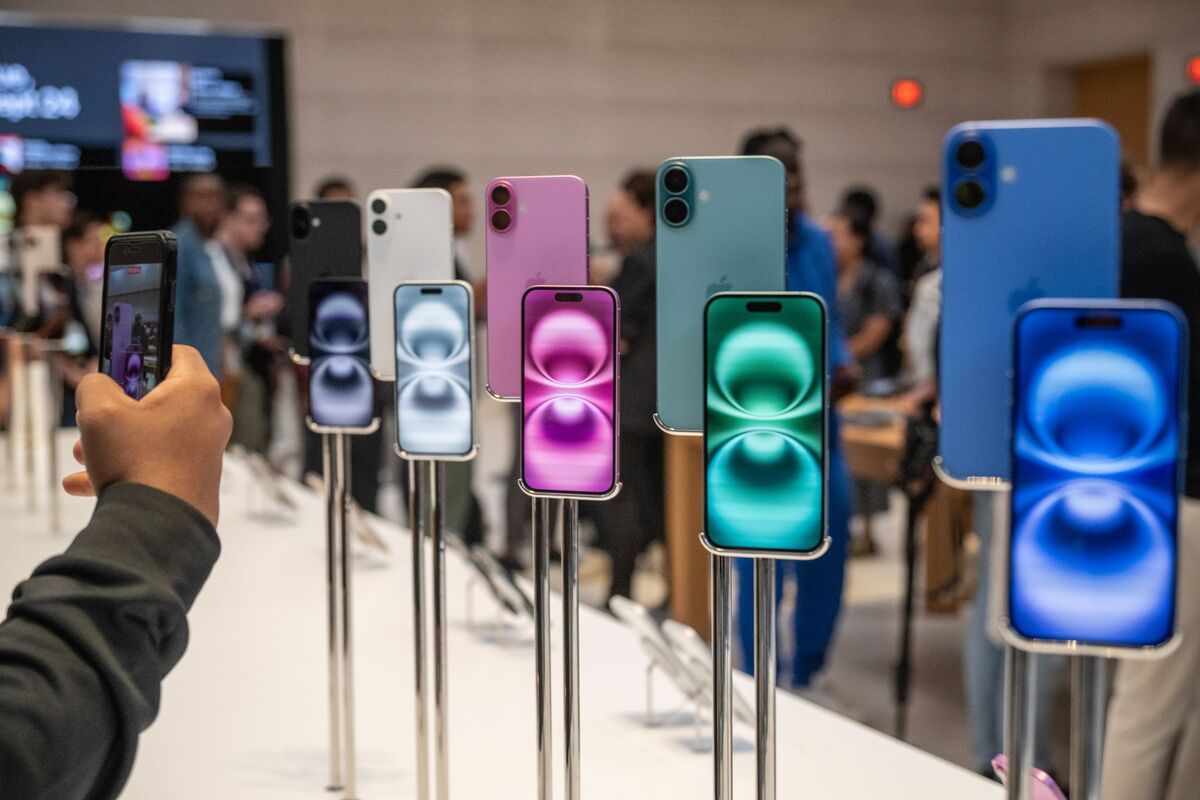
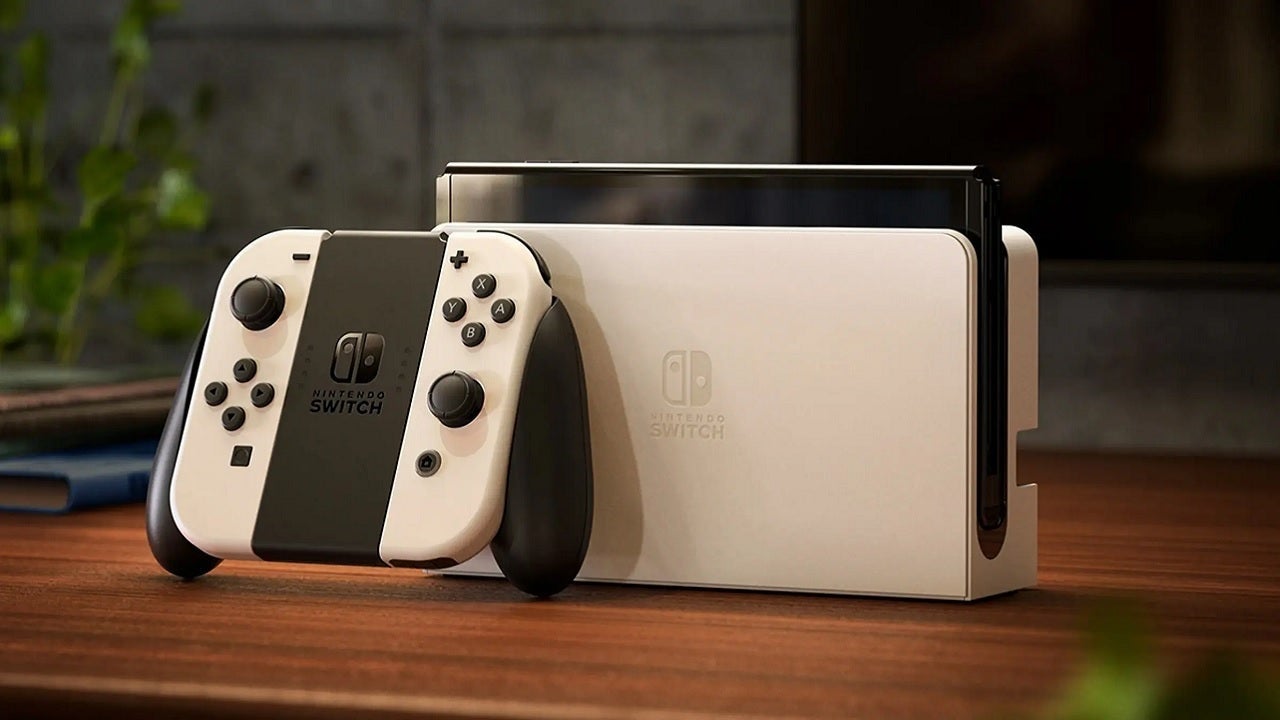
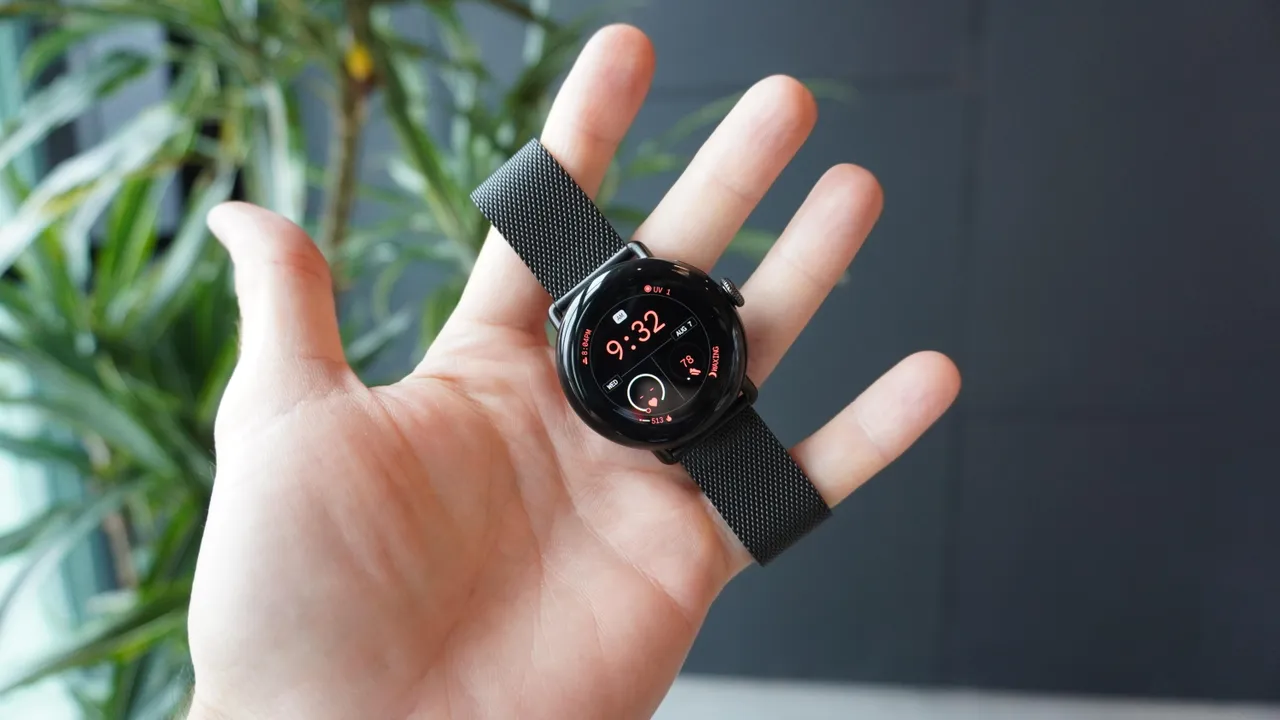

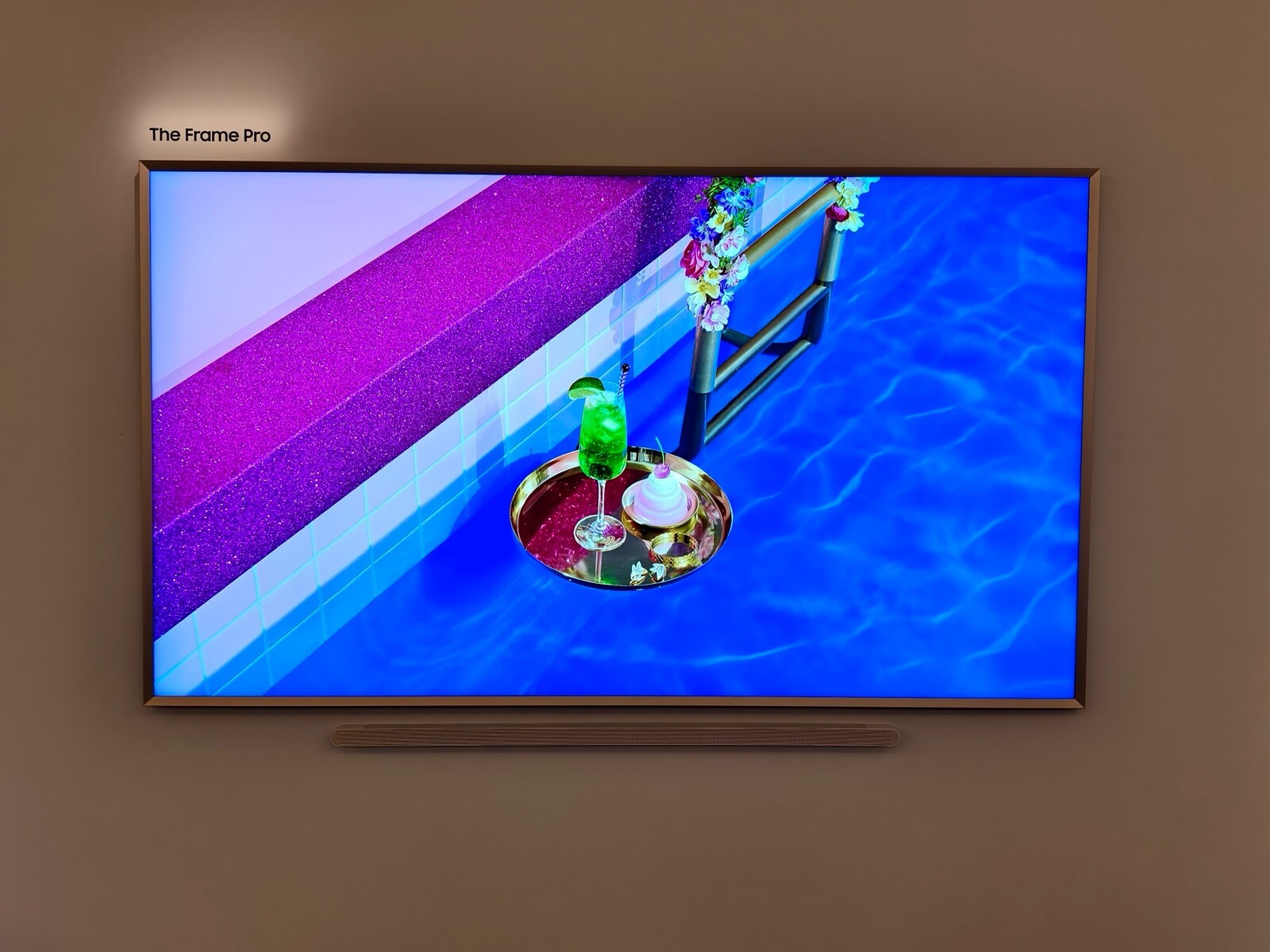
Add Comment